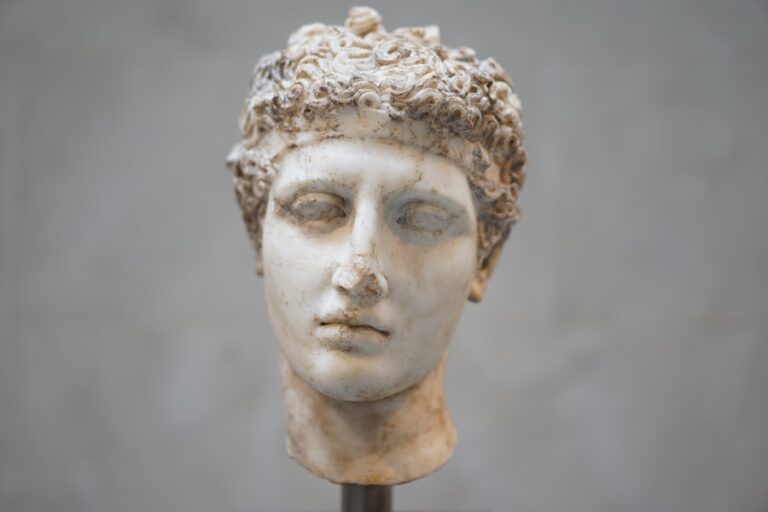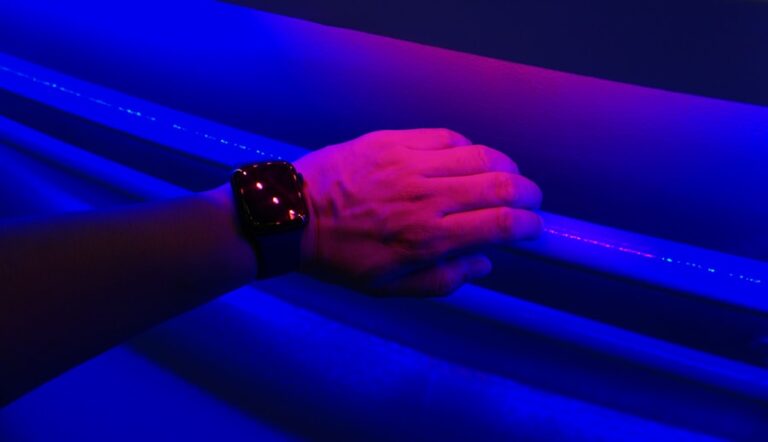The Evolution of Digital Art and Animation: A Journey Through Time
Digital art and animation have come a long way since their inception. The birth of digital art can be traced back to the 1950s when computer technology first began to emerge. It wasn’t until the 1970s, however, that digital art and animation really started to take off. With the invention of the first computer graphics software, artists and animators were able to create digital images and animations with greater ease and precision than ever before.
One of the earliest examples of digital art and animation can be seen in the work of Ivan Sutherland, who created a program called Sketchpad in 1963. This program allowed users to create and manipulate images on a computer screen, laying the groundwork for the digital art and animation tools we use today. As technology continued to advance, so did the capabilities of digital art and animation. By the 1980s, computer graphics had become a staple in the entertainment industry, with films like Tron showcasing the potential of digital animation on the big screen. Since then, digital art and animation have only continued to evolve, with new technologies and software pushing the boundaries of what is possible in the digital realm.
The Impact of Technology on Digital Art and Animation
The impact of technology on digital art and animation cannot be overstated. With each new advancement in technology, artists and animators are able to create more complex and realistic digital images and animations. The introduction of 3D modeling software, for example, revolutionized the way that digital art and animation are created. Artists were no longer limited to creating flat, two-dimensional images; instead, they could now create fully realized 3D worlds that were indistinguishable from reality.
In addition to 3D modeling software, advancements in computer processing power have also had a significant impact on digital art and animation. With more powerful computers, artists and animators are able to render their creations with greater speed and detail than ever before. This has allowed for the creation of incredibly realistic digital images and animations that were once thought to be impossible. As technology continues to advance, the impact on digital art and animation will only continue to grow, opening up new possibilities for artists and animators around the world.
The Rise of 3D Animation
The rise of 3D animation has been one of the most significant developments in the world of digital art and animation. With the introduction of 3D modeling software in the 1990s, artists and animators were able to create fully realized 3D worlds that were previously only possible through traditional methods. This opened up a whole new realm of possibilities for digital art and animation, allowing for more immersive and realistic creations than ever before.
One of the most notable examples of the rise of 3D animation can be seen in the success of Pixar Animation Studios. With films like Toy Story, Pixar demonstrated the potential of 3D animation in the world of cinema, paving the way for countless other studios to follow suit. Today, 3D animation is a staple in both film and television, with studios constantly pushing the boundaries of what is possible in the digital realm. As technology continues to advance, the rise of 3D animation shows no signs of slowing down, with new advancements in software and hardware allowing for even more realistic and immersive creations.
The Influence of Video Games on Digital Art and Animation
Video games have had a profound influence on digital art and animation since their inception. With each new generation of video game consoles, the capabilities of digital art and animation have continued to grow. The introduction of 3D graphics in video games, for example, pushed the boundaries of what was possible in terms of creating immersive and realistic digital worlds. This had a significant impact on the world of digital art and animation, as artists and animators were able to draw inspiration from the world of video games and apply it to their own creations.
In addition to pushing the boundaries of what is possible in terms of digital art and animation, video games have also provided a platform for artists and animators to showcase their talents. With each new generation of video game consoles, the demand for high-quality digital art and animation has only continued to grow, opening up new opportunities for artists and animators around the world. As technology continues to advance, the influence of video games on digital art and animation will only continue to grow, with new advancements in hardware and software pushing the boundaries of what is possible in the digital realm.
The Role of Digital Art and Animation in Film and Television
Digital art and animation have played a crucial role in the world of film and television since their inception. With each new advancement in technology, artists and animators have been able to create more immersive and realistic digital worlds that have captivated audiences around the world. The introduction of 3D animation, for example, revolutionized the way that films and television shows are created, allowing for more complex and detailed creations than ever before.
One of the most notable examples of the role of digital art and animation in film and television can be seen in the success of films like Avatar. With its groundbreaking use of 3D animation, Avatar demonstrated the potential of digital art and animation in creating immersive and realistic worlds on the big screen. Since then, digital art and animation have become a staple in both film and television, with studios constantly pushing the boundaries of what is possible in terms of creating immersive and realistic digital worlds. As technology continues to advance, the role of digital art and animation in film and television will only continue to grow, with new advancements in software and hardware allowing for even more immersive and realistic creations.
Digital Art and Animation in Virtual Reality and Augmented Reality
The rise of virtual reality (VR) and augmented reality (AR) has opened up new possibilities for digital art and animation. With VR technology, artists and animators are able to create fully immersive digital worlds that can be experienced in a whole new way. This has opened up new opportunities for artists and animators to push the boundaries of what is possible in terms of creating immersive and realistic digital worlds.
In addition to VR technology, AR has also had a significant impact on digital art and animation. With AR technology, artists and animators are able to create digital creations that can be overlaid onto the real world, blurring the lines between reality and fantasy. This has opened up new possibilities for artists and animators to create interactive experiences that can be enjoyed by audiences around the world. As VR and AR technology continue to advance, the role of digital art and animation in these realms will only continue to grow, with new advancements in software and hardware allowing for even more immersive and interactive creations.
The Future of Digital Art and Animation
The future of digital art and animation is incredibly bright, with new advancements in technology opening up new possibilities for artists and animators around the world. With each new generation of hardware and software, artists and animators are able to create more immersive and realistic digital worlds than ever before. This has opened up new opportunities for artists and animators to push the boundaries of what is possible in terms of creating immersive and realistic digital creations.
One of the most exciting developments in the world of digital art and animation is the rise of artificial intelligence (AI). With AI technology, artists and animators are able to create digital creations with greater ease than ever before. This has opened up new possibilities for artists and animators to create complex and detailed digital worlds that were once thought to be impossible. As AI technology continues to advance, the future of digital art and animation looks incredibly promising, with new advancements in software and hardware allowing for even more immersive and realistic creations.
In conclusion, digital art and animation have come a long way since their inception, with new advancements in technology opening up new possibilities for artists and animators around the world. From the birth of digital art in the 1950s to the rise of 3D animation in film and television, digital art and animation have continued to evolve with each new generation of hardware and software. With the rise of VR and AR technology, as well as advancements in AI, the future of digital art and animation looks incredibly promising, with new opportunities for artists and animators to push the boundaries of what is possible in terms of creating immersive and realistic digital creations. As technology continues to advance, it’s clear that the impact of digital art and animation will only continue to grow, with new advancements in software and hardware allowing for even more immersive and interactive creations that will captivate audiences around the world.




